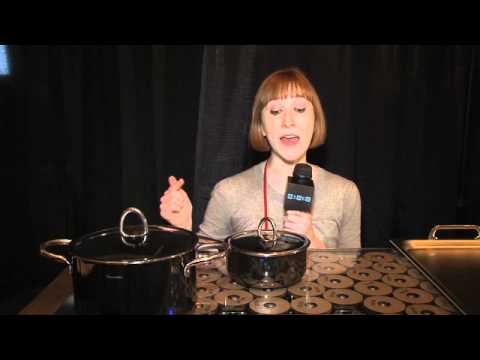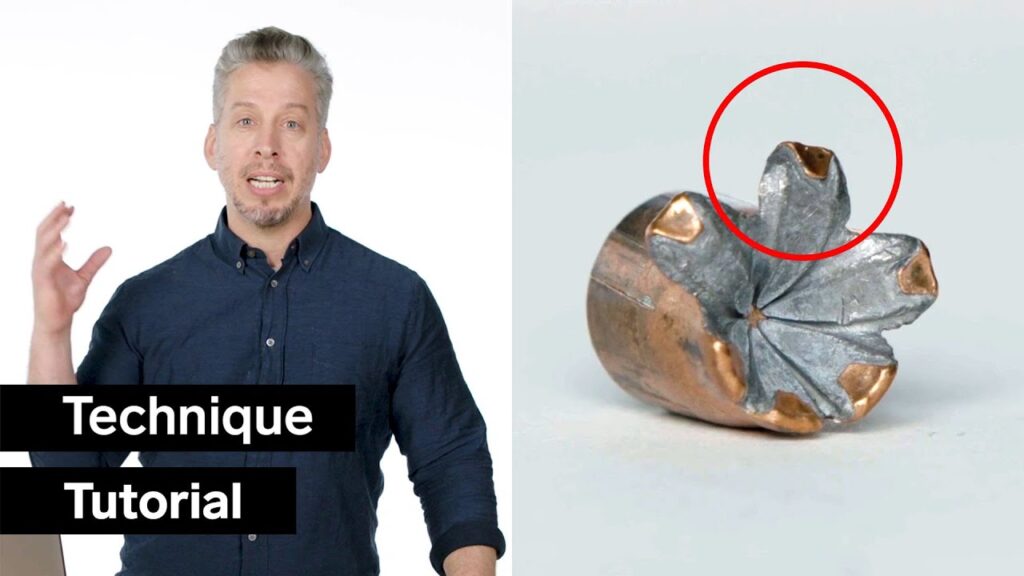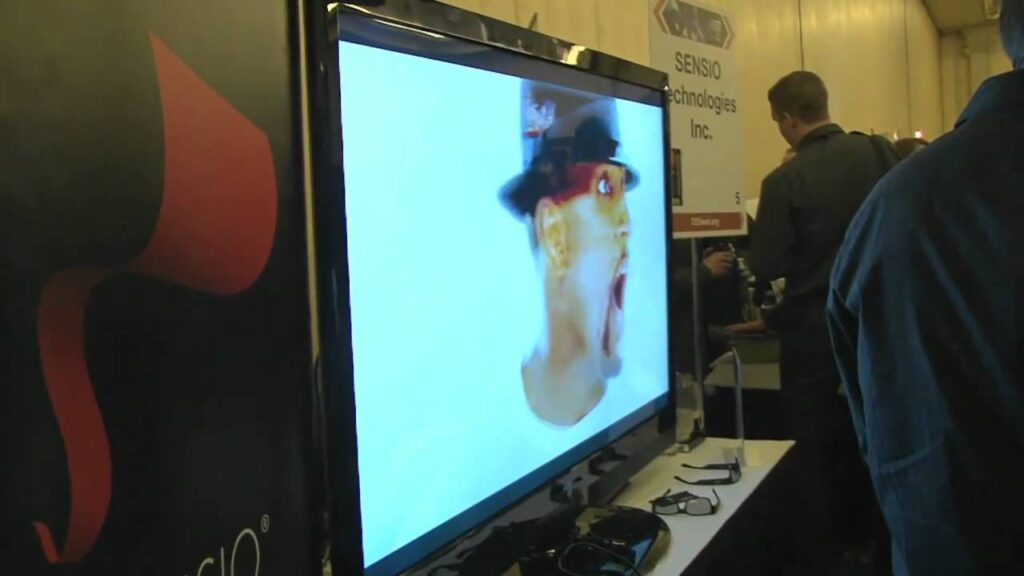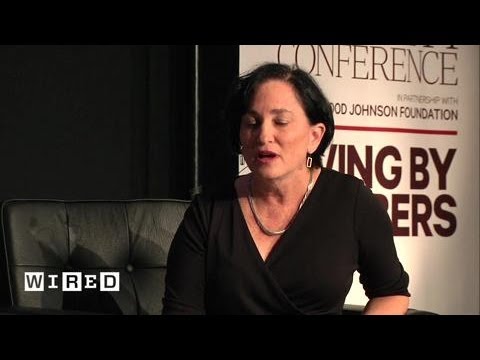Explaining Lasers: From a Child to a Colleague
Summary
In this article, we will explore the concept of lasers and how they work. We will delve into their properties, how they can be used for cutting and performing surgery, and their entertainment value. We will also discuss the importance of focusing lasers and their force per unit area. Lastly, we will touch on chirped pulse amplification, a method for creating short pulse lasers with high energy.
Table of Contents
- Lasers: Similar to Light Bulbs
- Cutting and Focusing with Lasers
- Lasers for Surgery and Entertainment
- The Importance of Force per Unit Area
- Chirped Pulse Amplification
Lasers: Similar to Light Bulbs
Donna Stricklan, a professor at the University of Waterloo, was challenged to explain lasers and high-intensity lasers at five different levels, from a child to a colleague. She explained that lasers are similar to light bulbs, but instead of emitting light in all directions, lasers emit a single color in a concentrated beam. Lasers are made up of mirrors and a special material that can store energy in an excited state. When the energy is released, it comes out as a strong beam of light that can be directed by mirrors.
Cutting and Focusing with Lasers
Lasers can be used for cutting materials like steel and wood. However, they require a lens to focus the energy into a small point. The author uses the analogy of a hammer and nail to explain how lasers need to be centered and require force per unit area to work effectively. This means that the laser needs to be focused on a small area to create enough force to cut through the material.
Lasers for Surgery and Entertainment
In addition to cutting, lasers can also be used for surgery. They can be directed precisely to remove small amounts of tissue without damaging surrounding areas. Lasers can also be used for entertainment, such as light shows. The author emphasizes the cool and interesting nature of lasers.
The Importance of Force per Unit Area
Focusing lasers is crucial for their effectiveness. The author explains that the energy from a laser needs to be focused on a small area to create enough force per unit area to cut through materials. This is why lenses are necessary for laser cutting.
Chirped Pulse Amplification
The transcript ends with a discussion of chirped pulse amplification, a method for creating short pulse lasers with high energy. This method involves stretching out the laser pulse in time before amplifying it, which allows for higher energy without damaging the laser material. This method has revolutionized the field of laser physics and has made it possible to study ultrafast processes on the atomic scale.
Conclusion
In conclusion, lasers are fascinating and versatile tools that have revolutionized many fields, from surgery to entertainment. Their ability to focus energy and produce a single color beam has made them invaluable for cutting and precision work. The importance of focusing lasers and force per unit area cannot be overstated, and chirped pulse amplification has opened up new possibilities for ultrafast laser physics.







